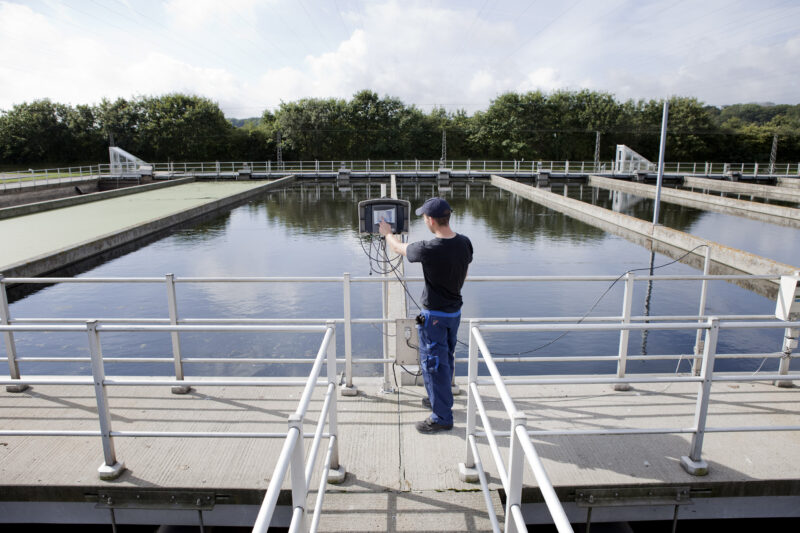Focus on energy consumption and production
We can achieve this with innovative and smart thinking on how to lower energy consumption in all parts of e.g., the wastewater treatment, through process optimization and focus on energy efficient equipment and operation.
Among our tools are online sensors and real time regulation. Most prominently we are producing more green, sustainable energy to displace fossil fuels. We have increased the energy production from biogas and supply the public grid with green electricity, bio-natural gas, city-gas, and district heating.
Nitrous oxide
A main issue at a treatment plant is, that emissions of nitrous oxide is a natural result of the biological processes when treating wastewater. Nitrous oxide is one of the most potent greenhouse gases and contributes significantly more to the carbon footprint of wastewater treatment plants than carbon dioxide and methane combined.
For that reason, we measure nitrogen emissions from the biological process using different methods e.g., sensors to detect dissolved nitrous oxide in the aeration tanks. The measurements are used as control input to lower the emission of nitrous oxide.
Research on emissions
3VAND participates in the project ARES, that investigates the location of the most significant points of emission at a wastewater treatment plant and in the sewer system. Methods used are e.g., liquid measurements, off-gas metering, and advanced air measurements. Once data has been collected, it will be put into new modelling that will help us to better understand emissions of nitrous oxide and methane.
Carbon capture from exhaust gas
Another action is participation in a demonstration project for carbon capture. Exhaust gas from energy production is “washed” in a process that first separates CO2 and later separate the different chemical components. Amongst these are the valuable resources hydrogen and oxygen; both of which can be reused in the treatment process and energy production at the wastewater treatment plant.











